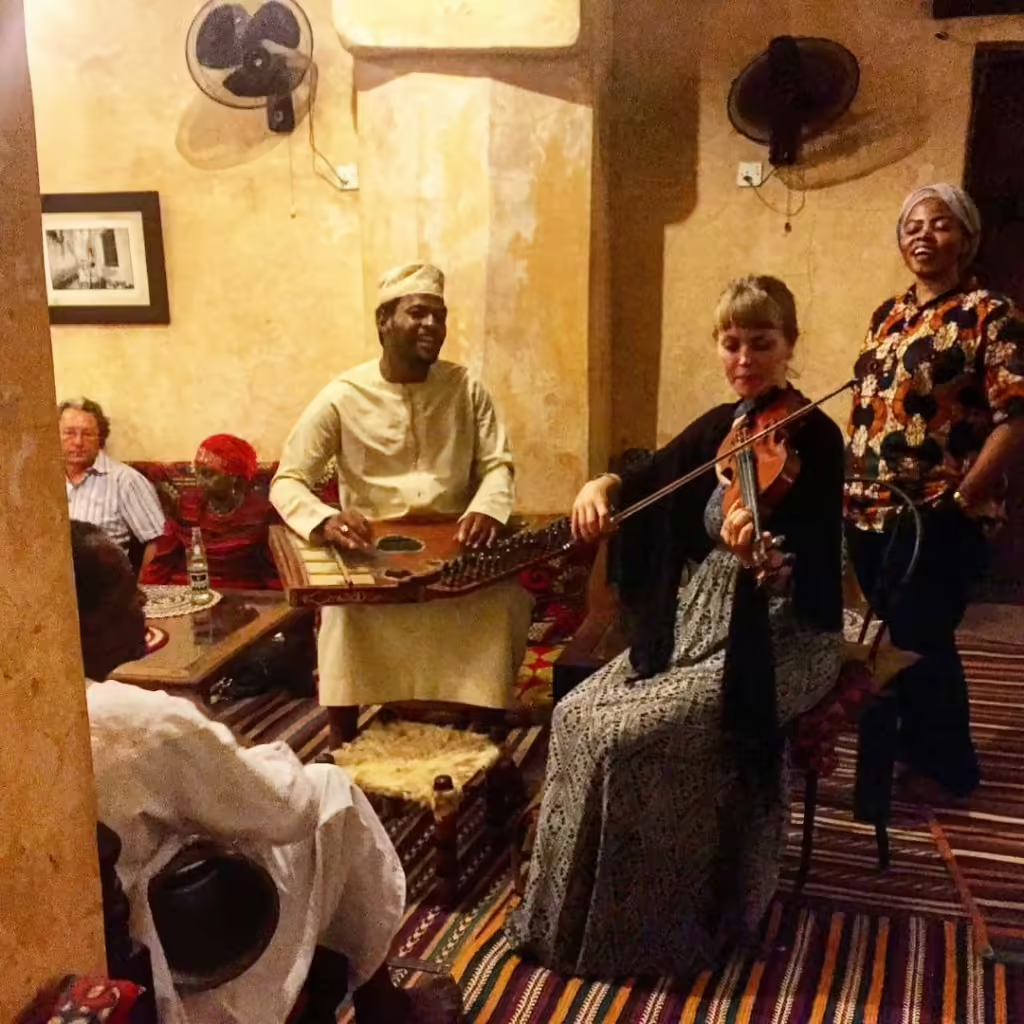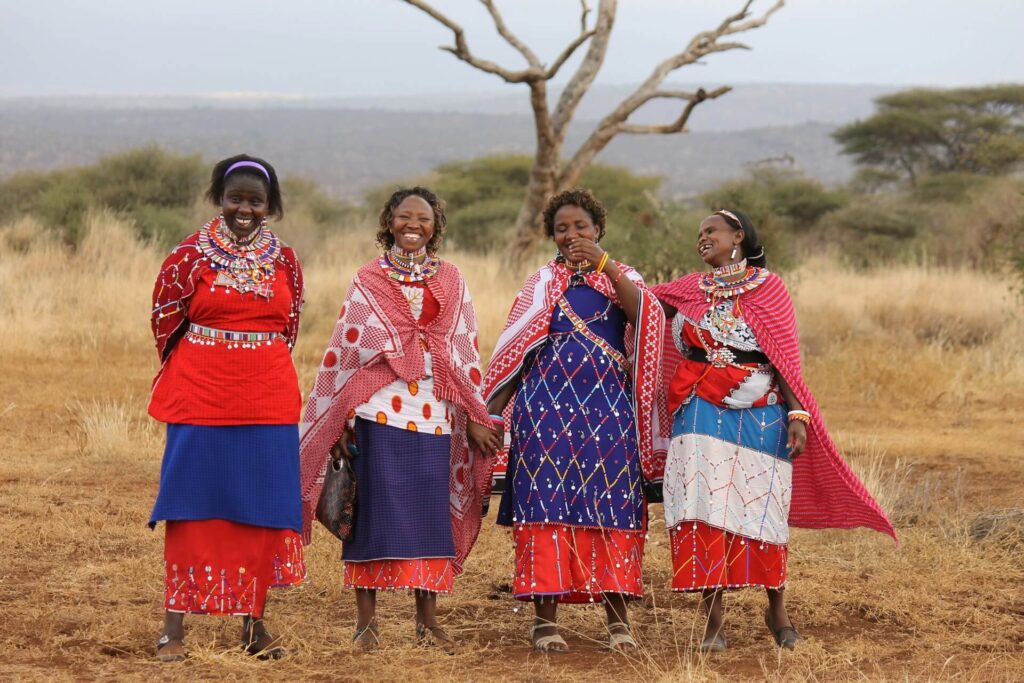
What You Need to Know About Culture & Traditions in Tanzania
Tanzania is an East African country known for its beautiful landscapes, diverse wildlife, and rich culture & traditions. With a population comprising over 125 ethnic groups, each with its own language and customs, Tanzania offers a unique cultural experience for travelers. This blog aims to provide a comprehensive understanding of the various aspects of Tanzanian culture and traditions, giving you a deeper appreciation of this diverse nation.
Ethnic Diversity and Languages
Tanzania’s cultural richness is largely attributed to its ethnic diversity. The largest ethnic group is the Sukuma, followed by the Nyamwezi, Chagga, and Haya, among others. Each group has its own distinct language, although Swahili (Kiswahili) is the national language and is widely spoken across the country. English is also commonly used.
Swahili, a Bantu language with significant Arabic influence, serves as a unifying language. It plays a crucial role in national identity and communication, bridging the gap between different ethnic groups. Swahili is not just a language but also a cultural symbol, representing the harmonious blend of African and Arab influences that characterize much of Tanzanian culture.
Traditional Music and Dance


Music and dance are important parts of Tanzanian culture. Traditional music varies significantly among ethnic groups, but it often involves the use of drums, string instruments, and wind instruments. The rhythms and melodies are typically vibrant and energetic, reflecting the lively spirit of the people.
One of the most famous Tanzanian music styles is Taarab, which originated in Zanzibar. Taarab music is a blend of Swahili, Arabic, Indian, and Western musical elements, characterized by the use of orchestral instruments and poetic lyrics. Another popular genre is Bongo Flava, a form of Tanzanian hip-hop that incorporates traditional Tanzanian rhythms and melodies with modern beats.
Dance is also an essential cultural expression. Each ethnic group has its own traditional dances, often performed during ceremonies, festivals, and other significant events. For example, the Maasai people are known for their Adumu, or jumping dance, where young men display their strength and agility by jumping high into the air.
Festivals and Celebrations


Tanzania boasts a vibrant calendar of festivals and celebrations, many of which are tied to religious, cultural, and historical events. Some of the most notable festivals include:
- Sauti za Busara: Held in Zanzibar, this music festival celebrates African music, attracting artists and audiences from across the continent. It is a showcase of the rich musical heritage of Africa, with performances ranging from traditional to contemporary styles.
- Mwaka Kogwa: This is a traditional Shirazi (Persian) New Year festival celebrated in Zanzibar. It involves ritualistic activities, including mock fights and the burning of huts, symbolizing the end of the old year and the beginning of a new one.
- Ngorongoro Marathon: While primarily a sporting event, this marathon held near the Ngorongoro Crater also serves as a cultural gathering, promoting unity and health awareness among the local communities.
Religious festivals are also significant, with both Christian and Islamic holidays widely celebrated. Christmas, Easter, Eid al-Fitr, and Eid al-Adha are marked with communal prayers, feasts, and various festivities, reflecting the country’s religious diversity.
Art and Craftsmanship


Tanzanian art and craftsmanship are deeply rooted in the country’s cultural heritage. Traditional art forms include wood carving, painting, beadwork, and pottery. The Makonde people of southern Tanzania are particularly renowned for their intricate wood carvings, which often depict human and animal figures, reflecting their beliefs and daily life.
The Tingatinga painting style, named after its founder Edward Said Tingatinga, is another unique Tanzanian art form. These vibrant and colorful paintings often feature animals and landscapes, capturing the beauty of Tanzania’s natural environment. The Tingatinga style has gained international recognition, becoming a symbol of contemporary African art.
Handicrafts such as Maasai beadwork and fabric weaving are also significant. Maasai women create elaborate bead jewelry that is both decorative and symbolic, representing their social status and cultural identity. Similarly, the kanga and kitenge fabrics, adorned with bold patterns and Swahili proverbs, are widely used in clothing and home decor, reflecting the country’s vibrant culture.
Read more about Tanzanian arts and crafts here.
Cuisine and Dining Etiquette
Tanzanian cuisine is a delightful blend of African, Indian, and Arab influences. Staple foods include maize, rice, millet, sorghum, and cassava, often accompanied by beans, vegetables, meat, and fish. Some popular dishes are:
- Ugali: A staple made from maize flour, often served with meat, fish, or vegetable stews.
- Pilau: A spiced rice dish with origins in Indian cuisine, commonly served during special occasions.
- Nyama Choma: Grilled meat, usually beef, goat, or chicken, often enjoyed with family and friends.
- Zanzibari Cuisine: Reflecting the island’s diverse influences, Zanzibari food includes dishes like biryani, samosas, and seafood specialties.
Dining etiquette in Tanzania emphasizes communal eating and hospitality. It is common for meals to be shared among family members and guests, with everyone eating from a central platter. Handwashing before and after meals is a customary practice, and it is polite to use your right hand for eating, as the left hand is considered unclean.
Read about Tanzanian street food here.
Traditional Attire


Traditional attire varies across ethnic groups, but certain garments are widely recognized. The Maasai, for instance, are known for their distinctive shukas, bright red and blue cloths draped over their bodies. The fabric and colors of the shukas have cultural significance, representing their identity and heritage.
In coastal areas, the kanga and kitenge fabrics are popular. Kangas are colorful, rectangular cloths often printed with Swahili sayings and worn by women as skirts, headscarves, or baby slings. Kitenge, on the other hand, is a more formal fabric used to make dresses and suits for both men and women.
Social Structure and Community Life
Tanzanian society places a strong emphasis on community and family. The extended family is the basic social unit, with kinship ties playing a crucial role in social organization. Elders are highly respected, and their advice and guidance are sought in both personal and community matters.
In rural areas, communal living is common, with families sharing resources and responsibilities. This sense of community extends to urban areas, where people often maintain close ties with their rural homes and kin.
Religion and Spirituality
Religion is a central aspect of life in Tanzania, with the population predominantly adhering to Christianity and Islam. These two religions coexist peacefully, with interfaith marriages and shared community events being common. Traditional African religions are also practiced, particularly in rural areas, where beliefs in ancestral spirits and natural forces remain influential.
Christianity is more prevalent in the mainland, while Islam is dominant in coastal regions and Zanzibar. Religious practices and rituals are deeply integrated into daily life, influencing social customs, festivals, and moral values.
Wildlife and Conservation


Tanzania is renowned for its rich biodiversity and iconic wildlife. The country is home to numerous national parks and game reserves, such as Serengeti National Park, Ngorongoro Conservation Area, and Selous Game Reserve. These protected areas are vital for conservation efforts and play a significant role in the country’s cultural heritage.
Wildlife conservation is deeply intertwined with the lives of local communities, who often depend on the natural environment for their livelihoods. Sustainable tourism practices are essential to ensure that the delicate balance between wildlife preservation and community needs is maintained.
Conclusion
Tanzania’s culture and traditions are a testament to the country’s rich history and diversity. From its ethnic variety and languages to its music, dance, festivals, art, cuisine, and social structure, Tanzania offers a unique and vibrant cultural experience.
At Maximilian Adventures, we invite you to explore Tanzania with us and immerse yourself in its rich cultural tapestry. Our responsible tourism practices ensure that your journey not only provides unforgettable memories but also supports local communities and conservation efforts. Join us on an adventure of a lifetime and experience the heart and soul of Tanzania. Book your trip today and discover the magic of this incredible country with a trusted and responsible travel partner.
Recent Posts
Where to Stay in Tanzania | Lodges, Resorts and Campsites
Why Chapwani Island Should Be on Your Travel List in 2025
Must-See Waterfalls in Tanzania: A 2025 Traveler’s Guide

Safari




